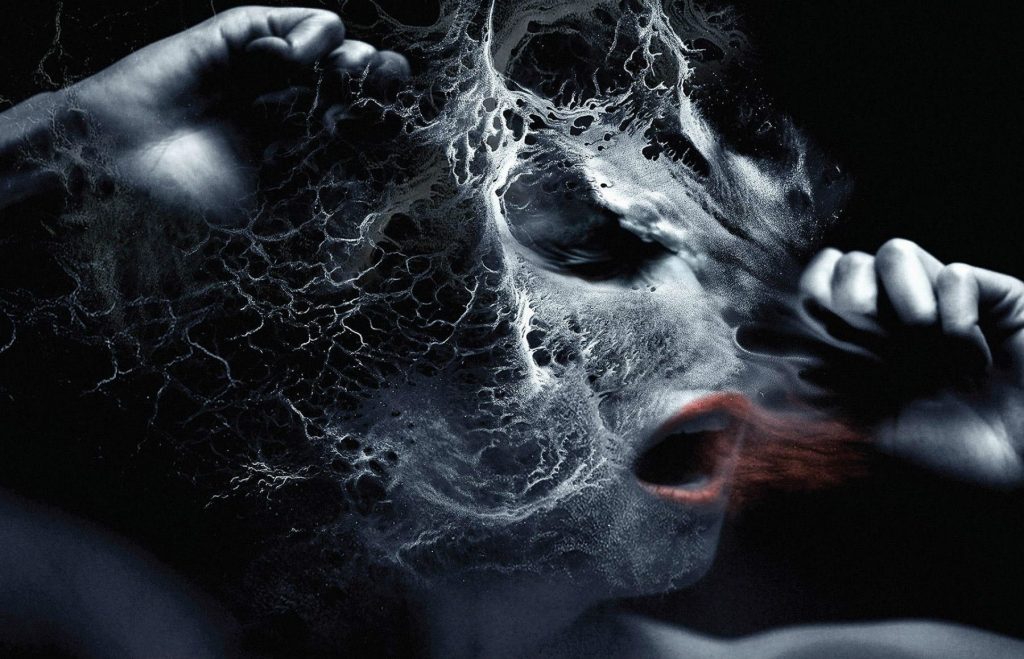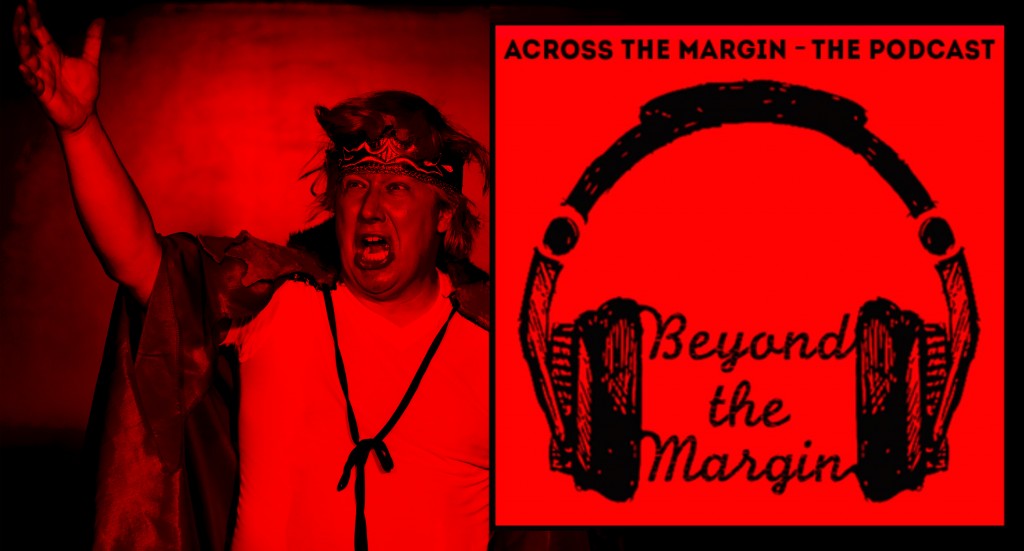A foray into the lawless period of time when cagefighting was legal yet completely unregulated in New York State…

by: Jim Genia
In 2013, we were supposed to know better.
We, the New Yorkers who watched the Ultimate Fighting Championship on TV, or took the PATH train to the other side of the Hudson River, to watch it in person at the Prudential Center in Newark.
We, the writers and photographers, the fighters and promoters, the connoisseurs of technique and strategy, the fans of violence and spilled blood.
In 2013 and the few years that followed, a statutory loophole meant cagefighting was legal but unregulated in New York. Lawlessness and chaos reigned. I know because, as a journalist, I was cageside for it all.
We were supposed to know better, know better than to patronize fights where safety standards and protocols were an afterthought. Where, due to the law of averages, it seemed inevitable someone would die. But who among us isn’t captivated by the carnage of car crashes, driving slowly by to catch a glimpse of something twisted and broken? That’s us. All of us. The wretched spectators, the wicked transfixed, hungry for blood and broken bones and—heaven forbid—the fatality we hoped to never see but knew there was a good chance we would.
If we took the 6 train to a high school gymnasium in the Bronx, would an untrained and ineffectual referee let a fighter take 27 punches too many in a wholly unnecessary beating?
If we took the bus down Queens Boulevard to the Elks Lodge in Elmhurst, would we see obscene mismatches?
Would we see a fighter break his leg, a fighter concussed, a fighter cut and bleeding everywhere within the Five Boroughs, on Long Island and in Upstate New York?
As a journalist, I was cageside for all of it, and the answer was yes.
In 2016, New York fully legalized mixed martial arts, making all events held in the state infinitely safer thanks to unified rules and oversight, but in the stretch of time between 2013 and then, it was Schrodinger’s sport, somehow existing in a state of both sanctioned and unsanctioned. Safe and unsafe.
By then, the sport was two decades old, and already there had been deaths. In the Ukraine. In Korea. Texas. South Dakota. South Carolina. Fighters with brain hemorrhages and subdural hematomas, collapsing in the cage or backstage. Falling unconscious in the locker room and never waking up.
We were supposed to know better, but it was New York, and none of us could look away.

In 1997, the state legislature took aim at the UFC and similar “human cockfighting” organizations and banned it all. And for a while, the ban held strong. But outside the borders of the New York State, the UFC’s new owners were pushing for legalization everywhere, and by 2012, their map of success stories encompassed almost the entire United States. New York remained a stubborn holdout.
When the UFC took the State Attorney General to court to attack the law, I was there, in a Manhattan courtroom, where an attorney representing New York acknowledged that the statute banning professional mixed martial arts bouts didn’t apply to amateur bouts. As long as the competitors were unpaid, it was all legal, and the athletic commission—normally tasked with overseeing combat sports—had no authority over these fights whatsoever.
Thus opened the floodgates.
There were 47 amateur events in 2013, that first year after the state’s courtroom admission, events cobbled together by promoters astute enough to see a public starving for violence they could drive or take the subway to. Promoters savvy enough to know that, for just the promise of local glory, there were plenty aspiring fighters and delusional wannabes eager to step into the cage.
Forty-seven events that first year alone. Fifty-four in 2014. Over 70 in 2015, until there were more mixed martial arts bouts in New York than any other state. Until the state was the Wild West, a Gold Rush boomtown for cagefighting.
In the Ukraine and Korea, in Texas, South Dakota and South Carolina there had already been deaths, and now add Michigan and Wisconsin to that list. Fighters with brain bleeds and preexisting heart conditions, dying because the only medical care available before and after was some dude with an EMT certificate, and far more is needed to mitigate the inherent risks of fighting.
Meanwhile, the first big show in Manhattan filled the Hammerstein Ballroom with thousands of screaming fans, and when the first punch landed in the first bout on the card, the cageside physician—a chiropractor who’d agreed to work the event for some extra cash—turned to me with a surprised look on his face because he’d never before seen a fight.
How soon until New York had its own mixed martial arts fatality?
Spoiler alert: by the time New York fully legalized and sanctioned the sport in 2016, there were no deaths. By some miracle, when a fighter collapsed and stopped breathing at an event in Masena, the promoter had paid for an experienced doctor to be present. But what if that doctor wasn’t there to restart the fighter’s heart and revive him?
That was the closest call. There were, however, lesser tragedies.
At an event at Madison Square Garden, a fighter was allowed to compete despite being banned in New Jersey for having hepatitis.
There were fighters with broken hands and concussions, who went to the ER and were stuck with the bills, the promoters laughing when asked if there was insurance coverage that would help.
At the event in the Bronx where a fighter stepped wrong his femur snapped, he was put on a folding table and pushed off to the side, moaning while someone called an ambulance and the fights went on.
We were supposed to know better, all of us. Myself especially. But honestly, when someone set up a cage in the street in a rough part of Schenectady, and in between rounds the fighters smoked cigarettes, how could you look away?
Jim Genia—a proud Dakota Sioux—mostly writes nonfiction about cagefighting, but occasionally takes a break from the hurt and pain to write fiction about hurt and pain. He has an MFA in creative writing from the New School, and his short fiction dealing with Indigenous themes has appeared in MAYDAY, Sage Cigarettes Magazine, ANMLY, Roi Faineant, the Indiana Review, the Baltimore Review and more. Follow him on Twitter @jim_genia .





